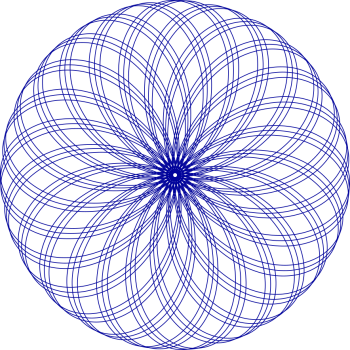
feeling & healing
The most effective way of healing is to feel everything and to be fully present while feelings are rushing through us like waves. As children, we have the natural ability to be completely overwhelmed one moment and to playfully jump around the next moment. Somehow, we lose that skill of surrendering to our feelings as we grow up. This process is explained in more detail on the Trauma & Conditioning page. After many years of living in a state of disconnection from our deeper feelings, it takes serious practice to create a habit surrendering to our feelings. Our mind has become very skillful at distracting our awareness from genuinely feeling. It wants us to focus on the stories and beliefs that we have connected to the feelings.
An important key in this process is to start taking full responsibility for ourselves on all levels. Instead of lingering in the stories that we believe in concerning our experiences, we have the power to decide how we deal with everything that life has offered us and challenged us with. The mind likes to regurgitate past experiences and worry extensively about future risks and scenarios. We can practice bringing our awareness back into the here and now. To stay with the feeling, without escaping it, without changing it, but just being with it. We then become fully present and all our feelings are welcomed into our conscious awareness. In that state of being, healing occurs naturally.
One of the ways we can practice feeling what lives within us is by reconnecting deeply to our hearts and bodies. The suppressed emotions are stored in our bodies, and surrendering to our physical senses can invite the feelings to resurface. Movement and meditation can assist in the process of becoming more embodied and heart-centered. Feeling our body from the inside, noticing where we are holding tension, and breathing in ways that help us to sink deeper into ourselves can become a natural habit again. In that process, it’s important to become aware of when we lose this connection and temporarily dissociate, and what has triggered us to escape fully experiencing the moment. By noticing our impulse to leave the present moment, we are automatically guiding our awareness back into the moment. We can become more centered in our bodies by regularly focusing on our posture and breathing. Being centered in the body, we can become aware of how we feel, and what truly lives inside of us in each moment.
Our bodies, muscles, nervous system, and even our cells, have memory. In ideal circumstances, the energy can flow freely and processes in the body are performed without interruption. But past experiences can cause contraction and blockages in our system. This can result in areas where the energy is flowing in unnatural ways, and other areas will compensate. The result of such shifts can be noticed by changes in posture, muscle tension, movement, digestion, and energy. Our system can sometimes go into survival mode based on unrealistic triggers because we are reminded of past experiences. These survival mechanisms appeared for a reason during past traumatic experiences. But in the current circumstances they are no longer necessary and they can have a limiting and detrimental effect on our well-being. With the right guidance, we can uncover suppressed feelings and free the subconscious mind of having to constantly manage itself.
An effective approach to healing that takes place in groups, is circle work. Circles are organized in many shapes and forms, with different themes and different facilitating styles. When a group of people gets together with a shared intention and surrenders to the collective energy that unfolds, something powerful and magical can happen. Some circles are organized just for one day, but deeper healing can take place in circles that last for several days. The key moments and experiences that caused us to start suppressing our feelings and develop inauthentic behavior are often triggered during the group processes. Most of our emotional wounding occurred in connection with others, and one of the most effective ways to heal them is also in connection with others.
Several holistic Eastern teachings look at our well-being on all levels, physical and non-physical, and these methods can assist our journey of healing. In the philosophy of Eastern teachings, we are only truly healthy when our whole being is in balance. And when we are not well, the healing approach doesn’t focus on the symptoms of discomfort or disease, but rather it will try to restore the overall physical, mental, emotional, and spiritual balance. The best-known methods are Traditional Chinese Medicine and Ayurveda. These are ancient practices that combine healing traditions and focus on nutrition, massage, energy work, and spiritual practices. Acupuncture, shiatsu, and Ayurvedic massage are available in Western societies, yet we are often unaware of the full range of knowledge and wisdom that lies at the foundation of these techniques.
Another approach for support in our process of healing on all levels is the use of healing tools. Instead of receiving guidance in the form of substances, touch, words, or sounds, these tools are tangible and transmit a healing frequency. These healing tools can be used to clear the energy and environment of our home, to upgrade our energy-field, to assist us in certain processes, improve sleep and peace of mind, and much more. Finding the tools that work best for us is similar to finding to right supplements, requires our discernment and it takes some experimentation with one or more tools to find the right fit. Many of us are aware of crystals as supporting tools for healing journeys, but several other tools use sacred geometry, divine frequency imprints, and electro-magnetic pulse to provide the needed support and energetic upgrades.
